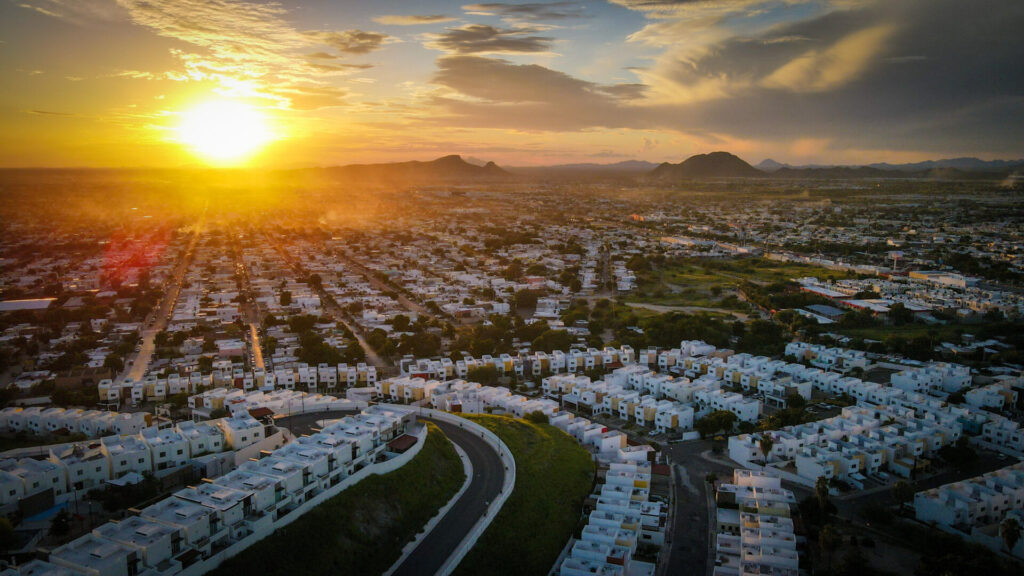Located in a dry warm climate zone, Hermosillo has undergone a growth and transformation in recent decades that has altered the environmental conditions and habitability, as a result of the phenomenon of Urban Heat Island (ICU), which is why it is important to adopt measures of mitigation to cope with the climate changeThe researcher emphasizes Laura Mercado Maldonado.
In its research Mitigation and adaptation to the urban heat island effect of hot dry climate. The case of Hermosillo, SonoraThe Master in Humanities with emphasis on energy and environment in architecture from the University of Sonora states that it is necessary a urban planning with strategies for climate adaptation to consider the sustainability y resilience.
"The transformation of native land use by non-reflective and impermeable surfaces that absorb a high percentage of incident solar radiation develop over the years Urban Heat Islands, defined by Tim R. Oke as the presence of warmer air in the urban area than its surroundings," he explains.
"The presence of the phenomenon causes changes in the environment translated into an increase in temperature and air pollution, impacting urban temperatures, health, energy consumption, landscape aesthetics and collective memory that are directly related to the comfort of a population."
Cities with hot dry climates are more environmentally vulnerable to the adverse effects of climate change than the rest of the ecosystems, he adds.
In his research, Mercado Maldonado notes that although over time cities have become major emitters of environmental pollution, they can also be considered as mitigating elements, since they are the most effective territorial form of modernity where urban life unfolds.
"In the urban context, adaptation to extreme impacts of climate change is a challenge of sustainable urban planning, where the environmental factor is a design condition for social and cultural interaction, which are resilient to extreme weather and phenomena such as the Urban Heat Island," he said.
With more than 850,000 inhabitants and located in the cross-border area that encompasses the Sonoran DesertHermosillo can take measures to reduce air temperature by considering the following variables:
- Geometry of the urban environment
- Availability of urban spaces
- Urban microclimate due to the natural and surface elements surrounding the area.
- Solar path
- Vegetation proposed by the space available for planting.
Mercado Maldonado's analysis establishes that the main emphasis of Urban Heat Island control in Hermosillo is made in the study of the solar pathThe relationship between the height of the buildings and the width of the streets in the urban canyon, which is linked to the Seen Sky Factor (FCV), as well as the appropriate selection of xerophytic plant species and prioritizing the selection of urban surface materials according to their thermal behavior.
"These findings help to understand the roles and importance of urban environment features and provide practical guidelines for urban design and planning with climate adaptation strategies that consider community sustainability and resilience," he argues.
These measures are expected to have favorable effects on urban temperatures to counteract the adverse effects of the Urban Heat Island in cities with desert conditions similar to those of Hermosillo, he says.


